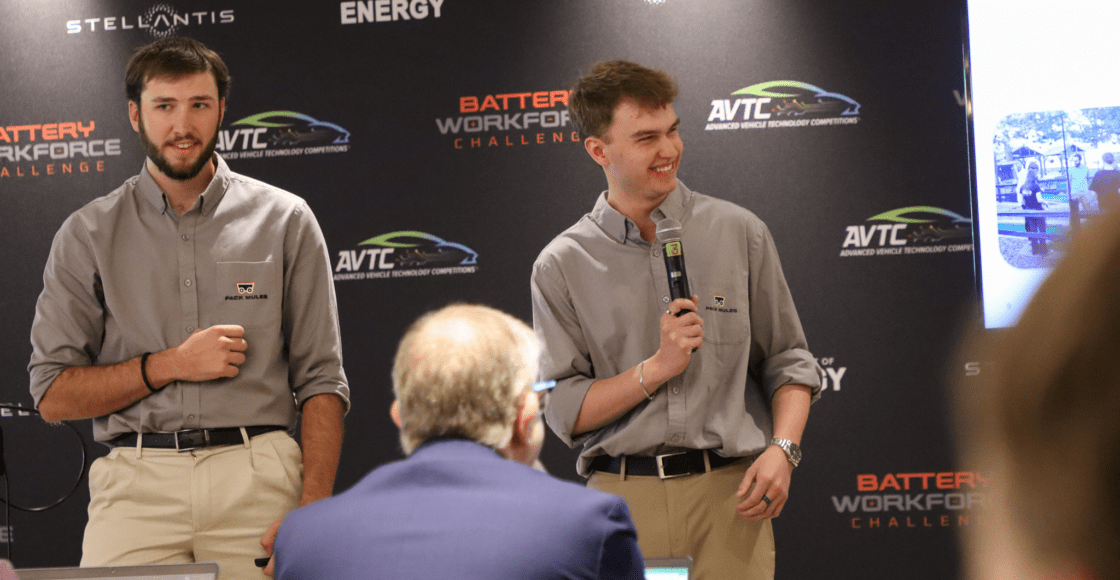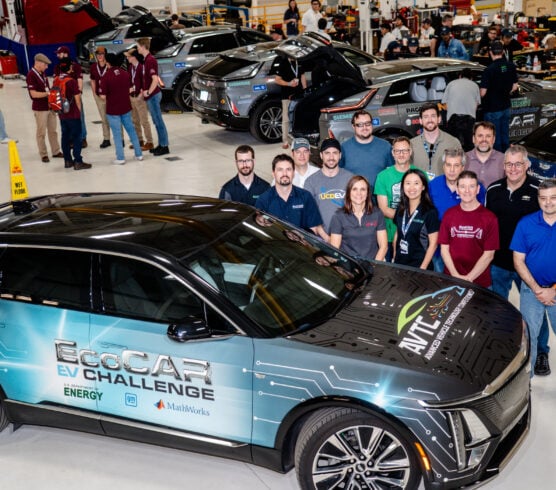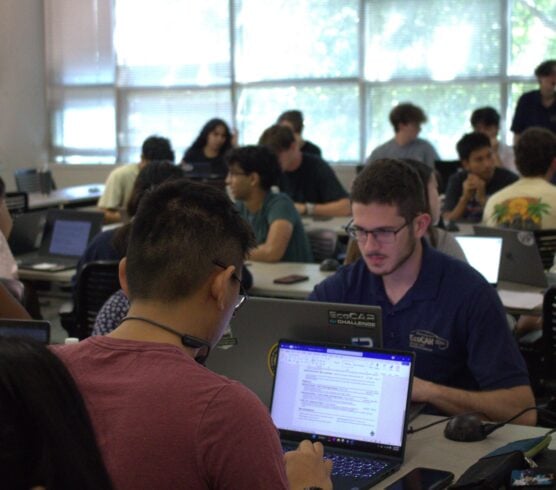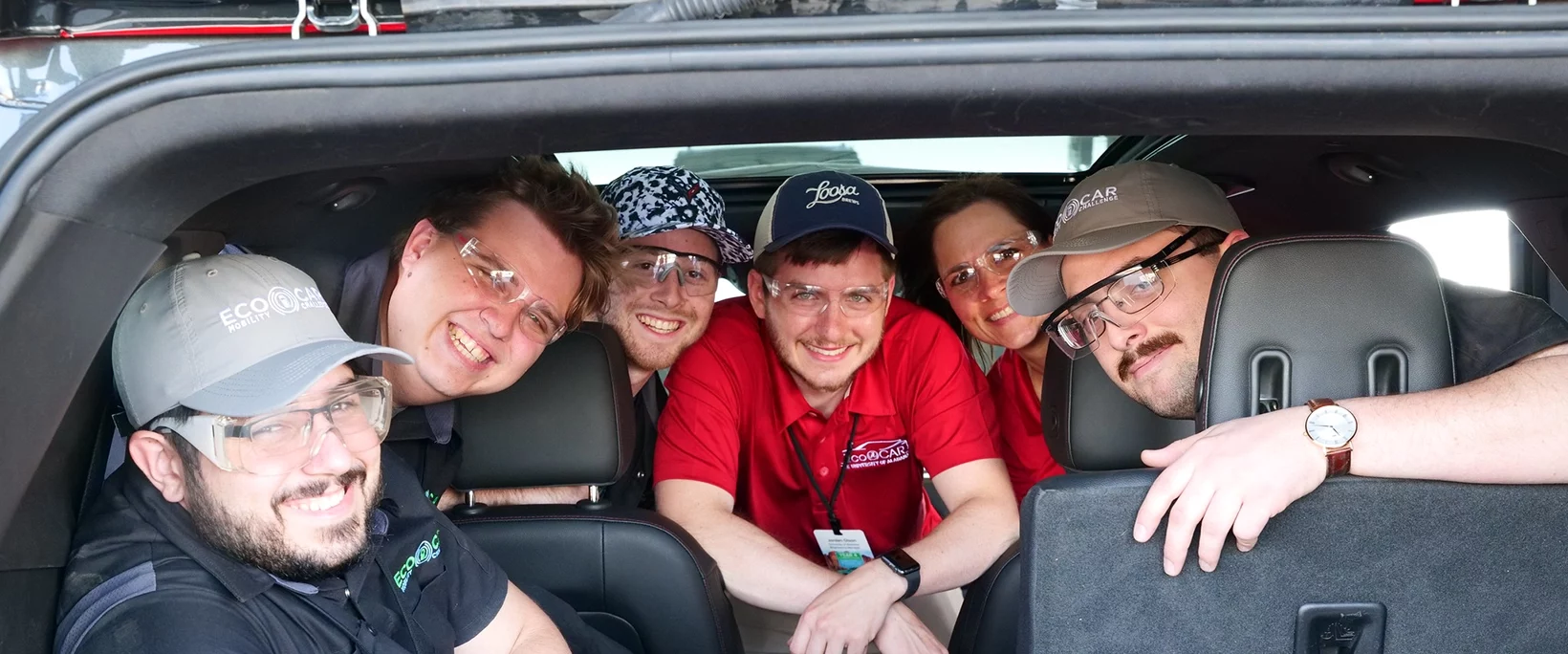By Brinda Malik / Colorado School of Mines
The Colorado School of Mines & Arapahoe Community College BattChallenge team is excited to spotlight our collaboration with the U.S. Department of Energy, our BattChallenge co-headline sponsor. DOE’s support and mentorship have been invaluable in moving our efforts forward in designing and building an advanced EV battery pack for Stellantis’ RAM ProMaster EV. DOE’s involvement benefits our team’s competition goals and helps prepare the team for future careers in the automotive and energy industries.
During the BattChallenge’s Year Two Fall Workshop, held in the Detroit metro area from Oct. 30-Nov. 2, our team had the opportunity to engage with Michael Laughlin, DOE’s technology manager, who provided valuable insight into the importance of the BattChallenge to industry.
Laughlin mentioned how it was inspiring for him to, “play a small part in helping the future,” and how amazing the collaboration between our university and vocational school really is. His enthusiasm reminded the team that the BattChallenge is contributing to the future of transportation, and we will have an incredible impact moving forward — not only through technology development, but through the training and mentoring of the battery workforce of the future.
Laughlin also had a fascinating conversation with one of our vocational team members, Cameron Zimmer, in which they each shared their work and education backgrounds. Cameron was curious about DOE and the role national labs play in researching energy, especially given his experience with the National Renewable Energy Laboratory, which is located just a few miles away from the Colorado School of Mines campus.
Laughlin shared his knowledge of the national labs network and their unique focus areas, offering a deeper and more meaningful understanding of the scale and importance of the DOE’s work in energy.
Their conversation also focused on Zimmer’s role within our team as both vocational team member and as a vocational deputy. Laughlin was genuinely interested in hearing about Zimmer’s contributions to the project, and their conversation highlighted the significance of collaboration and curiosity in driving sustainable technology innovation.
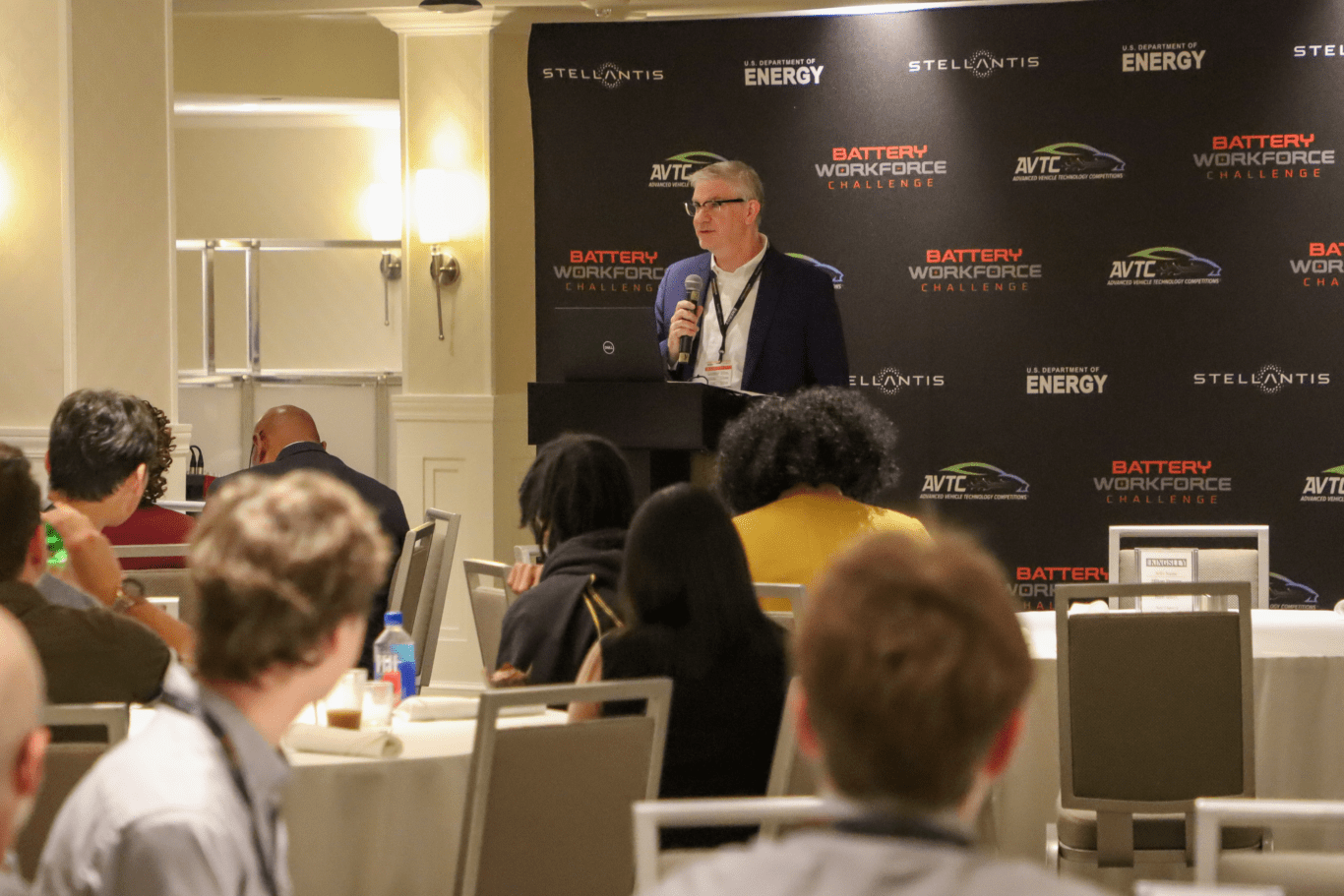
When considering the importance of collaboration in innovation, the funding and support provided by the DOE have proven to be impactful for the vocational team members. Because of our co-headline sponsors’, DOE and Stellantis, involvement in the BattChallenge, members from participating vocational schools gain access to unique resources, tools and opportunities that improve educational experiences and help expand career opportunities. This support enhances the BattChallenge experience while empowering students from various backgrounds to lead conversations in their desired fields.
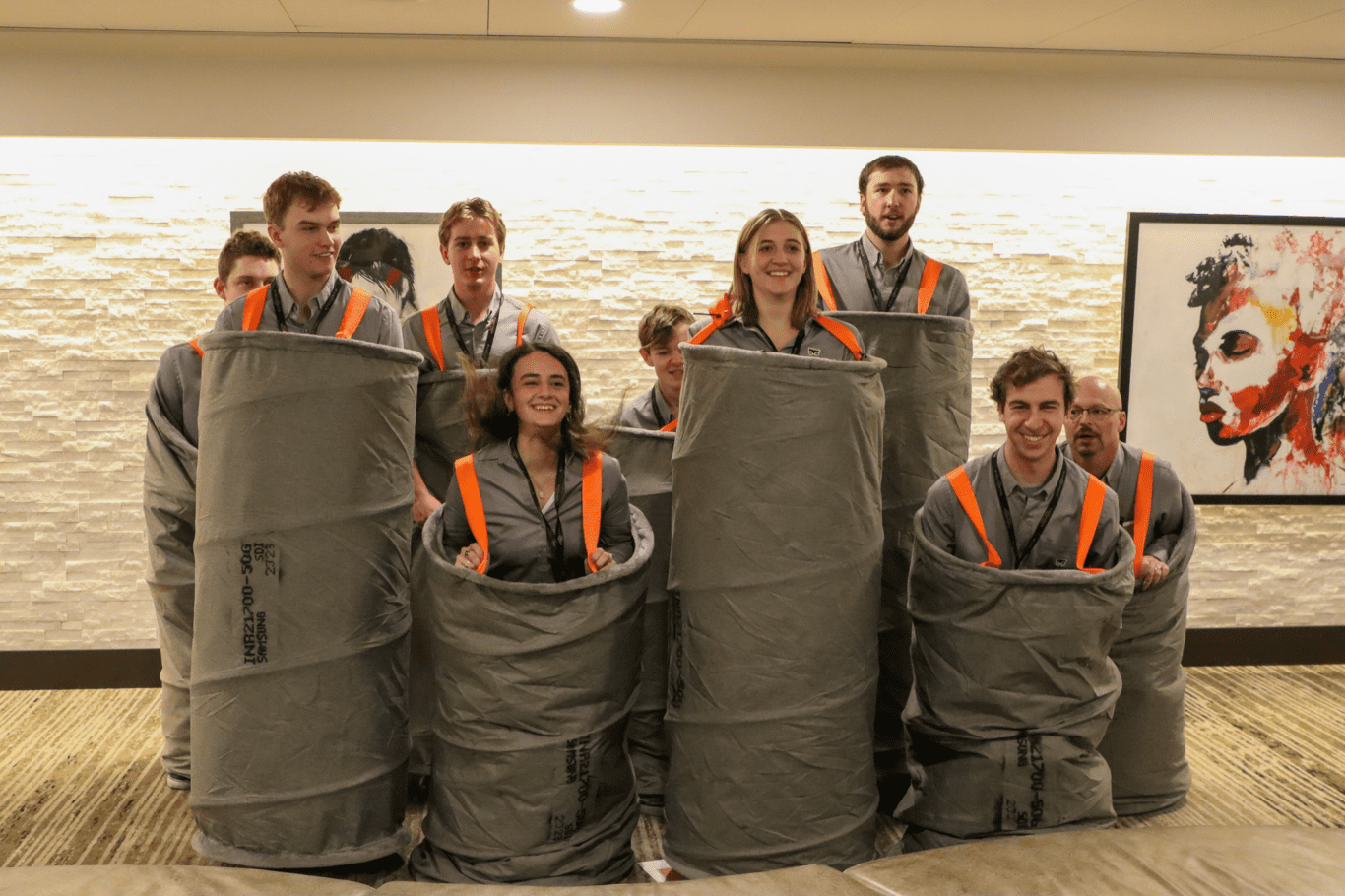
The mentorship that the DOE provides is more than just technical, but motivational for the entire team. During the interview, Laughlin focused on how it was “good to see people excited about what they’re doing” and expressed hope that students would come out of the competition with valuable technical and leadership-related skills. This encouragement propels our team forward and fuels us to innovate and push the boundaries of automotive engineering.
Collaboration with DOE extends far beyond the competition. Working with DOE is about learning and contributing to a sustainable future with innovative automotive design. The BattChallenge has given participating teams a platform to explore the possibilities when hard working students work with industry leaders, and as Laughlin put it, “it’s about playing a role in the bigger picture of advancing technology.”
Beyond the DOE’s mentorship, support from Argonne National Laboratory as the competition organizers has been instrumental, providing technical expertise and guidance to the team as we progress through this competition. The National Renewable Energy Laboratory is another key sponsor, making their cutting-edge facilities and experts available to support our efforts throughout the design, build and integration stages of the competition. Together, these collaborators highlight how important partnerships are in driving innovation and preparing the next generation of engineers for the future of sustainable technology.
Our team is incredibly thankful for DOE’s continued support, mentorship and belief in our potential. If you want to see how we’re bringing this project to life with DOE, keep up with us on our LinkedIn and Instagram accounts.
